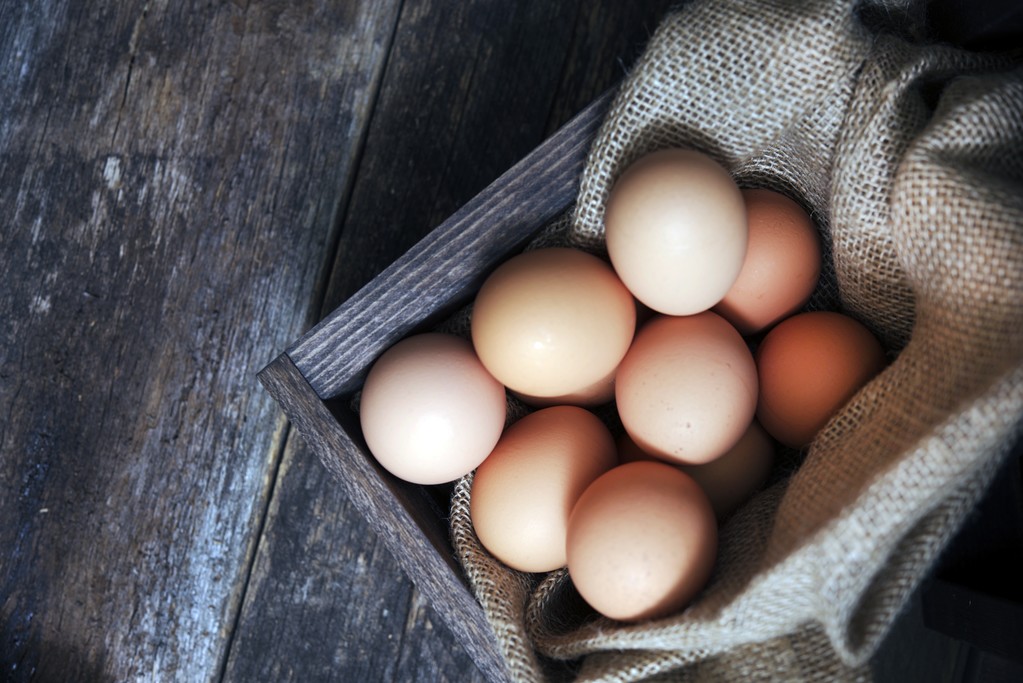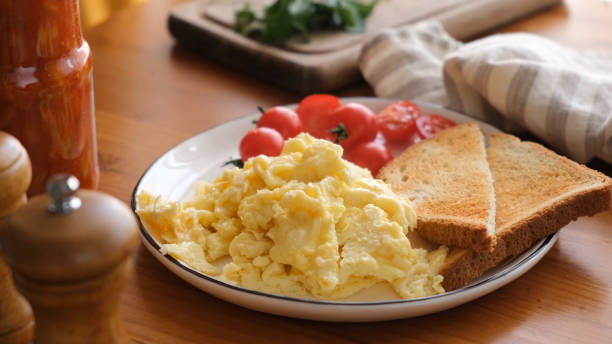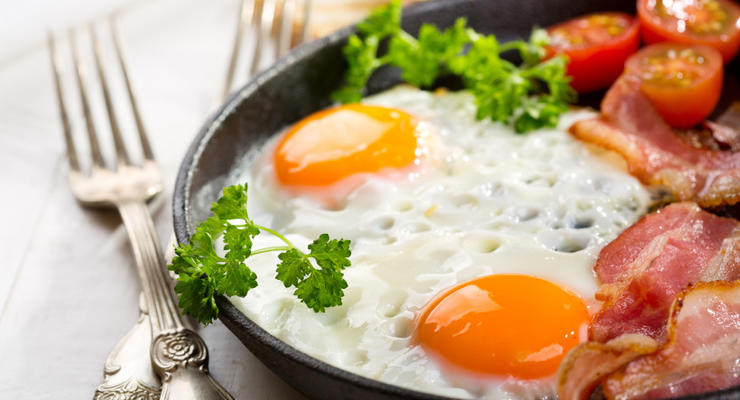For a long time, eggs were considered unhealthy: Harmful to the body, bad for blood lipid levels – but is that really true? A study has now shown that eggs are much better than their reputation. Here you can find out how healthy they are and what other myths you should know about.

Study from China: One egg a day reduces risk of stroke by a quarter
So far, eggs have had a reputation for promoting diseases such as heart attacks or strokes. They have been blamed for raising cholesterol levels in the body. The study by the researchers led by Liming Li contradicts this picture. Test persons who ate one egg a day had a 26 percent lower risk of suffering a stroke caused by a cerebral hemorrhage. The risk of cardiovascular disease fell by 18 percent in the experiment.
The researchers examined the data of 461,000 study participants. The result of the study contradicts earlier results and thus also the recommendations that the German Society for Nutrition (DGE), for example, adhered to for a long time.
For a long time, it was always advised to keep egg consumption low and eat a maximum of three eggs per week. This did not only mean the breakfast eggs, but any form of eggs, including processed ones, for example in pasta or mayonnaise.
Doubts about egg skepticism: “Currently no upper limit”
The study by the Chinese scientists is one of the more recent studies, all of which raise doubts about egg skepticism. While egg consumption alone has not been proven to reduce the risk of serious illnesses, such as heart attacks, the damage is unlikely to be as great as previously thought.
In the new rules for wholesome nutrition, which were updated in 2019, the DGE experts therefore deleted the egg warning. “Based on current scientific findings in connection with disease risks, no upper limit for egg consumption can currently be derived.
Eaten in moderation, eggs can complement the diet and be part of a wholesome diet,” explains the DGE on its website. If healthy people – for example at Easter – eat several eggs a day, this is probably not a health concern.
Egg Myths: Is Cholesterol Dangerous?
Some foods or their ingredients simply have a bad image – they are considered unhealthy or even harmful. One such substance is cholesterol – it is said to be dangerous. But is that actually true? Not per se, says Prof. Elisabeth Steinhagen-Thiessen, head of the nutritional sciences department at the Medical Clinic for Endocrinology and Metabolic Medicine at the Charité – Universitätsmedizin Berlin.
Cholesterol is a vital substance that is formed by the body itself. It is used for hormone and vitamin D formation. Cholesterol only becomes a problem when there is too much of it, explains Steinhagen-Thiessen. The recommendation for healthy people is: “No more than 300 milligrams of cholesterol a day” – that’s about the equivalent of a hen’s egg. The body needs cholesterol. Among other things, it smuggles messenger substances into the cell membrane. This is why the body produces its own cholesterol, especially in the liver.
It becomes problematic “if someone takes in between 600 and 800 milligrams a day”. Eggs, butter, meat or sausage contain a lot of cholesterol: depending on its size, an egg contains around 250 milligrams.
Is egg white made of proteins – and is the color of the yolk important?
Yes, but not exclusively. Because the thin egg white – also known colloquially as albumen – contains 90 percent water. The rest are vitamins, minerals and proteins, which are also often called proteins. However, the protein content in the yolk is even higher than in the egg white.
The color of the yolk ranges from bright yellow to deep orange, depending on what the hen is feeding. However, this does not change anything in terms of taste, freshness, nutritional value or quality. For a dark egg yolk, which is particularly appreciated by consumers, producers sometimes mix natural colorings – so-called carotenoids – into the green fodder.
Why do hens lay white or brown eggs?
This is genetic. Eggs can be white, brown, greenish or reddish – depending on which color pigments are embedded in the calcareous shell. These come from special glands in the chicken that are responsible for shell formation. Red pigments come from the blood, yellow ones from the bile. If they mix, the result is brown.
And no, there is no connection between plumage and egg color. In order to be able to deduce the color of the shell from the appearance of the chickens, you have to take a closer look. Namely on the flaps of skin under the ear, the earlobes.
If these are white in purebred chickens, these are usually their eggs too. If they have red earlobes, the shell is usually brown.
Are brown eggs healthier – and are organic eggs mostly brown?
The variants do not differ in the composition of the nutrients. The fact that there are mainly brown organic eggs is mainly due to consumer habits: they still mostly associate white shells with cage farming.
This assumption is used by the poultry industry, in that mostly brown eggs are sold, while white eggs are more likely to be found in bakeries, canteen kitchens and food processing companies. In general, there are fewer white specimens in Germany anyway – according to the Central Association of the German Poultry Industry, seven out of ten eggs are brown.
It is different in many Scandinavian countries, for example: According to the association, buyers there prefer white eggs.

Good news for egg lovers: hormones make you feel full
One advantage of eggs cannot be denied: They keep you full for longer because the body releases a satiety hormone when you eat eggs.





